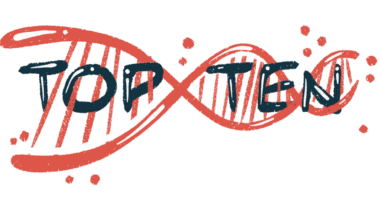Who Are You?: Welcome to ‘Hidden Truths’

How would you respond if I asked, “Who are you?” While the question may seem simple, it is deceptively complex.
A college professor of mine once asked the class this question. As students took turns answering to the best of their ability, the professor offered rebuttals replete with “what ifs.”
For instance, if a student gave their name, the professor would say something like, “If I found someone with the same name, would they be you?” Likewise, if someone described a personality trait, culture, or religion, the professor’s answer would be the same as before: “If I found someone with the same _____, would they be you?”
After a few back-and-forth exchanges, I realized that the answer depends on several factors, including understanding who is asking and answering the question. Ultimately, you are who the other is not. In every interaction and conversation, who you are changes based on what you do or don’t see.
Interestingly, throughout my experiences, I have begun to recognize that what you don’t see in an interaction represents you, not the other individual. For example, recognizing when you’re speaking with a person of a different faith indicates something about the role of faith in your life.
This simple lesson has been with me ever since. As our life changes, so do our definitions of who we are and what we can do. Growing up, did I see myself as being exactly where I am today? No, but that doesn’t mean I’m unhappy.
Like many others, my ultimate goal has always been to understand the meaning and purpose of life. Biologically, life and death are opposites. Therefore, to live (forever) means not to die. However, death is inevitable. Consequently, it becomes essential to reevaluate the meaning of life and living forever. At the same time, it is fundamental to accept the outcome of death.
Through my diagnosis of limb-girdle muscular dystrophy, I have become more pragmatic in accepting myself and my purpose in life. As I recognize my weaknesses and their effects on my current and future plans, I change and adapt. Please know that while death and change are unavoidable, they are not equivalent; change is not death. On the contrary, changing and growing are part of life.
I believe that to think is to live, and to live is to think; subsequently, the absence of thought is equivalent to death. This belief is why I became a college professor and now hope to share my knowledge with all who wish to listen. The only constant is change, and with research, anything is possible.
Through this medium I hope to show you that an unwanted diagnosis does not have to mean a death sentence, as adapting to change is part of life. These are all hidden truths.
Catch my column, “Hidden Truths,” on Wednesdays at 9 a.m. Central time, as I ponder my life with limb-girdle.
***
Note: Muscular Dystrophy News is strictly a news and information website about the disease. It does not provide medical advice, diagnosis or treatment. This content is not intended to be a substitute for professional medical advice, diagnosis, or treatment. Always seek the advice of your physician or another qualified health provider with any questions you may have regarding a medical condition. Never disregard professional medical advice or delay in seeking it because of something you have read on this website. The opinions expressed in this column are not those of Muscular Dystrophy News or its parent company, Bionews, and are intended to spark discussion about issues pertaining to muscular dystrophy.







Leave a comment
Fill in the required fields to post. Your email address will not be published.